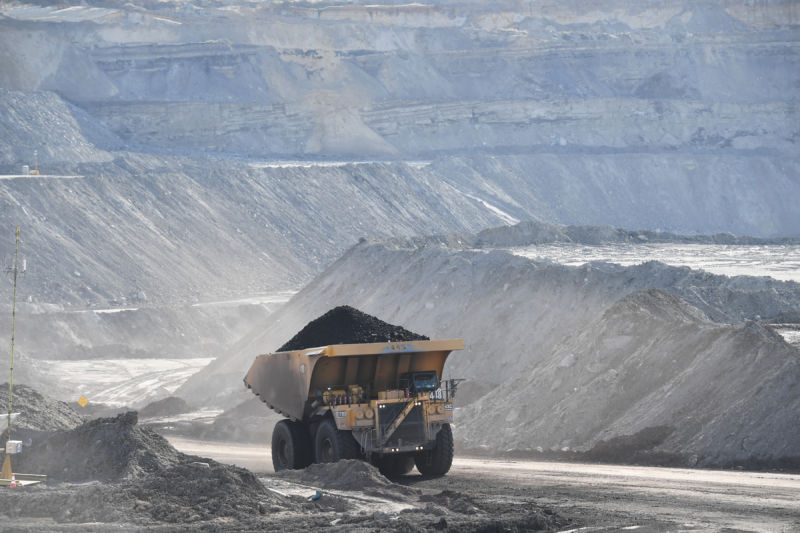Corkscrew sponge sucks up carbon dioxide, ignores nitrogen
Ars Technica » Scientific Method 2019-01-02

Enlarge / GILLETTE, Wyo.: A truck loaded with coal is viewed from the Eagle Butte Coal Mine Overlook which is operated by Alpha Coal. The area is a large producer of coal. Gillette uses the moniker of "The Energy Capital of the Nation". (credit: Matt McClain/The Washington Post via Getty Images)
Given all the celebrations, I think we all deserve some punishment. Why else would I be inflicting chemistry on you? Chemistry is like the suspension system on your car; it's unnoticed and unloved, but it allows all the cooler bits to strut their stuff, much like the chemistry behind the development of a better carbon dioxide sponge.
One of the jaw-dropping (for me anyway) developments in chemistry was metal-organic frameworks. These frameworks form both open spaces—they let small molecules in—and enclosed spaces—the trapped molecules behave like they are stuck in a crystal. This combination opens up a world of possibilities.
The current research has allowed me to discover that the possibilities are also expanded by the fact that you can make these frameworks without the metal.